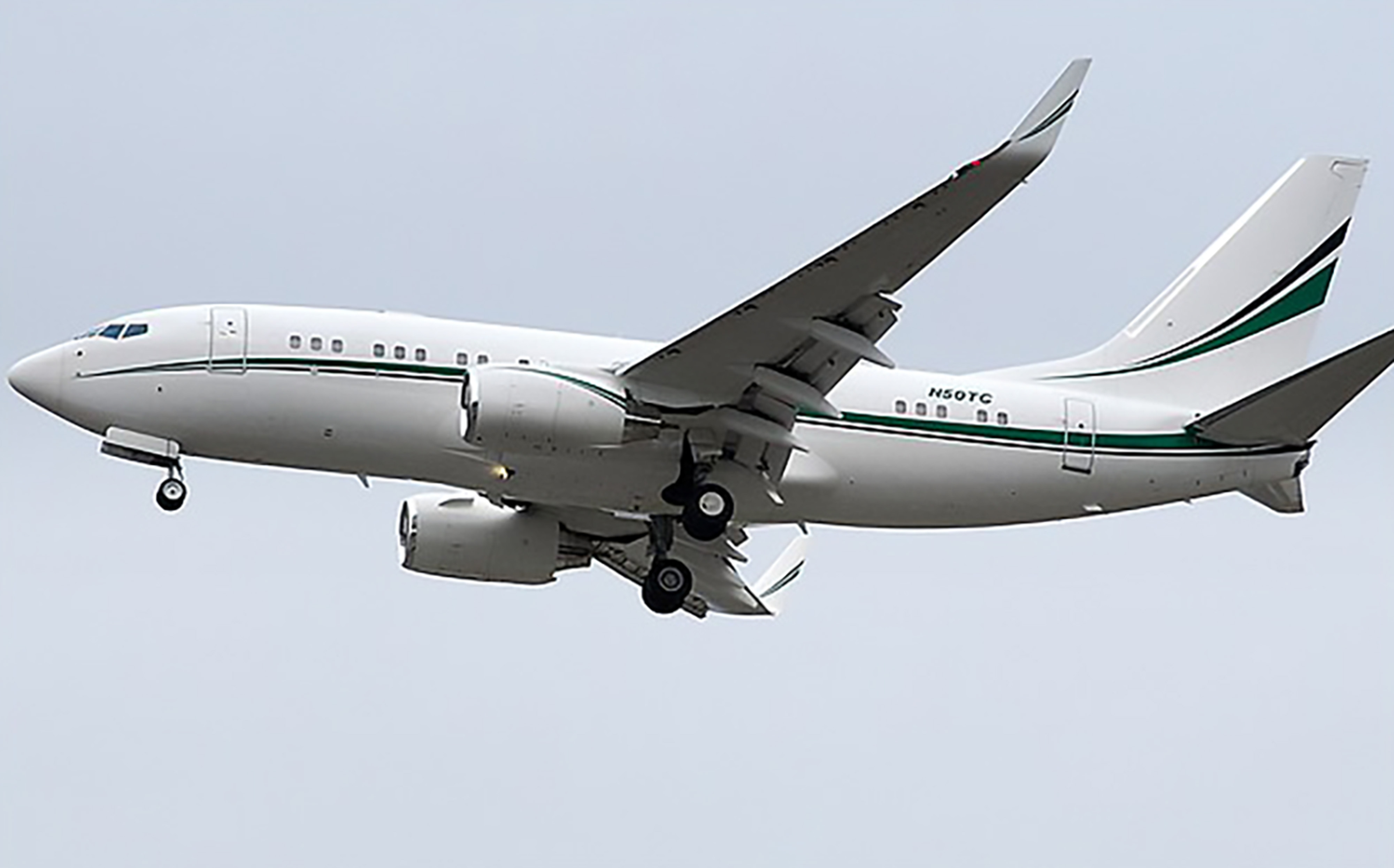Acquiring a private jet is a significant investment that involves substantial financial planning. In Canada, private jet buyers have various financing options to consider, each with its own set of advantages and drawbacks. Understanding these options can help you make an informed decision that aligns with your financial goals and needs. This comprehensive guide explores the different financing methods available for buying a private jet in Canada, including traditional bank loans, aviation-specific loans, leasing, fractional ownership, and more.
Understanding the Costs of Private Jets
Before exploring financing options, it is crucial to understand the cost structure associated with buying and operating a private jet:
- Purchase Price: The cost of a private jet can vary widely based on its type, size, and age. Light jets may range from CAD 3 million to CAD 7 million, while midsize jets might cost between CAD 7 million and CAD 20 million. Large jets can exceed CAD 50 million.
- New vs. Pre-Owned: New jets come with higher initial costs but may have lower maintenance needs initially. Pre-owned jets are generally more affordable but might incur higher maintenance and repair expenses.
- Customization: Customizing a jet with luxury interiors, advanced avionics, and other features can significantly increase the purchase price.
- Operational Costs: Ongoing expenses include fuel, maintenance, crew salaries, insurance, and hangar fees, which can total hundreds of thousands to millions of dollars annually.

Financing Options for Private Jets in Canada
1. Traditional Bank Loans
Traditional bank loans are a common method for financing the purchase of a private jet. This approach involves borrowing funds from a bank and repaying them over a specified period with interest.
Pros:
- Full Ownership: Provides complete ownership of the jet, including any potential appreciation in value.
- Flexibility: Allows for full control over the jet, including customization and modifications.
- Equity Building: As you repay the loan, you build equity in the jet.
Cons:
- Large Down Payment: Typically requires a significant down payment, often ranging from 15% to 30% of the jet’s purchase price.
- Stringent Credit Requirements: Banks may impose rigorous credit checks and financial scrutiny.
- Depreciation: The jet’s value may depreciate over time, affecting the asset’s worth.
2. Aviation-Specific Financing
Several financial institutions in Canada specialize in aviation financing. These lenders offer tailored loan products specifically designed for purchasing private jets.
Pros:
- Industry Expertise: These institutions understand the aviation market and can offer more favorable terms.
- Flexible Terms: Potentially more flexible terms, including repayment schedules and interest rates.
- Additional Services: Often provide additional services such as escrow and title transfer assistance.
Cons:
- Higher Interest Rates: May come with higher interest rates compared to traditional bank loans.
- Limited Availability: Fewer specialized lenders may limit options.
3. Leasing Options
Leasing a private jet can be an attractive option for those who prefer not to commit to full ownership. Two primary types of leases are available:
- Operating Lease: A short-term lease that allows you to use the jet for a specified period without acquiring ownership. Ideal for those needing flexibility or a jet for a limited time.
- Finance Lease: Functions similarly to a loan, with the option to purchase the jet at the end of the lease term, allowing for eventual ownership.
Pros:
- Lower Initial Costs: Requires less upfront capital compared to buying.
- Flexibility: Easier to upgrade or change jets at the end of the lease term.
- Tax Benefits: Potential tax advantages depending on the lease structure.
Cons:
- No Equity: Operating leases do not build equity in the jet.
- Usage Restrictions: May impose limitations on customization and usage.
- Higher Long-Term Costs: Can be more expensive over the long term compared to outright purchase.
4. Fractional Ownership
Fractional ownership allows you to purchase a share of a private jet, typically ranging from 1/16th to 1/2 of the aircraft. This model is suitable for those who need access to a jet but do not require full-time ownership.
Pros:
- Cost Sharing: Reduces the acquisition and operating costs by sharing them with other owners.
- Professional Management: Management and maintenance are handled by a professional company.
- Guaranteed Availability: Access to a fleet of jets, ensuring availability and flexibility.
Cons:
- Limited Control: Less control over the jet compared to full ownership.
- Additional Costs: Potential extra costs for flight hours beyond your share.
- Resale Challenges: Selling a fractional share can be more complex than selling an entire jet.
5. Jet Cards
Jet cards are a prepaid method of accessing private jets. You purchase a certain number of flight hours in advance and use them as needed. Jet cards offer flexibility and convenience without the commitment of ownership.
Pros:
- No Ownership Costs: Avoids the high costs associated with ownership and maintenance.
- Flexibility: Pay only for the hours you use, with no long-term commitment.
- Convenience: Simple booking process and access to various jet types.
Cons:
- Higher Cost Per Hour: Can be more expensive on an hourly basis compared to owning a jet.
- Availability Issues: Limited availability during peak travel times.
- Expiration: Unused hours may expire depending on the card terms.
6. Chartering
Chartering involves renting a private jet for individual flights. This option is suitable for those who fly infrequently and prefer not to commit to ownership or long-term agreements.
Pros:
- No Long-Term Commitment: Only pay for the flights you need.
- Variety: Access to different types and sizes of jets depending on your needs.
- No Maintenance Costs: Avoids ownership and maintenance responsibilities.
Cons:
- Cost for Frequent Flyers: Can become expensive for those who fly frequently.
- Limited Availability: May face availability issues, especially during peak times.
- No Personalization: Limited ability to personalize the jet or its amenities.
Additional Considerations
1. Tax Implications
Understanding the tax implications of purchasing a private jet in Canada is crucial. Different financing options can affect your tax situation:
- Goods and Services Tax (GST)/Harmonized Sales Tax (HST): Private jets are subject to GST or HST, depending on the province. If the jet is used for business purposes, you may be eligible to reclaim the tax.
- Depreciation: You may be able to depreciate the jet over time, which can reduce your taxable income.
- Interest Deductions: Interest payments on loans used for business purposes may be tax-deductible.
Consulting with a tax advisor who specializes in aviation can help you navigate these complexities effectively.
2. Insurance
Insurance is a critical component of private jet ownership. Policies typically cover hull damage, liability, and crew. The cost of insurance depends on factors such as the type of jet, usage, and pilot experience. Working with an aviation insurance broker can help you secure comprehensive coverage that meets your needs.
3. Maintenance and Management
Proper maintenance and management are essential for the safe and efficient operation of a private jet. Options include:
- In-House Management: Managing maintenance and operations internally, suitable for those with the resources and expertise.
- Management Companies: Employing a professional management company to handle all aspects of jet operation, including maintenance, compliance, and crew management.
4. Resale Value
Considering the potential resale value of a private jet is important for those looking to sell or upgrade in the future. Factors influencing resale value include:
- Market Trends: The overall health and demand of the private jet market.
- Condition: Regular maintenance and updates can help preserve value.
- Technology: Jets with modern avionics and technology generally retain their value better.
Conclusion
Financing a private jet in Canada involves exploring various options and understanding their implications. Whether you choose a traditional bank loan, specialized aviation financing, leasing, fractional ownership, jet cards, or chartering, each option has its own set of benefits and drawbacks. Assess your financial situation, usage needs, and long-term goals to determine the best approach for acquiring a private jet. Additionally, consulting with financial, tax, and aviation professionals can help ensure you make an informed decision and manage your investment effectively. With careful planning and consideration, you can enjoy the benefits of private jet travel while managing costs and commitments.
